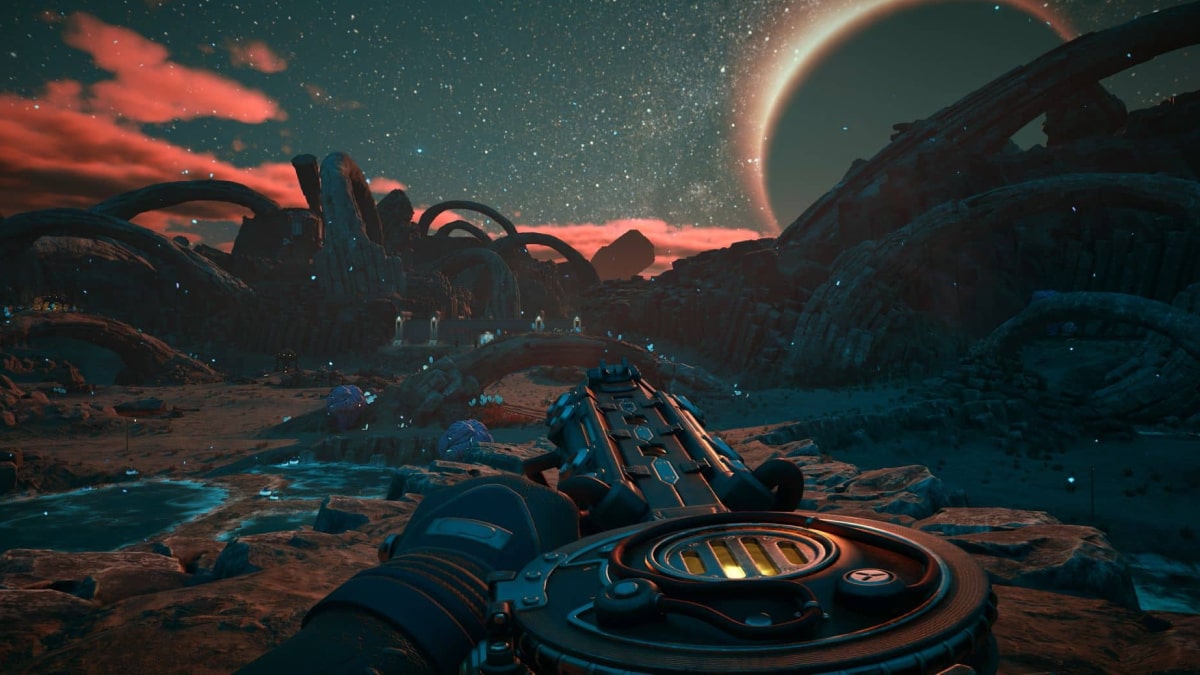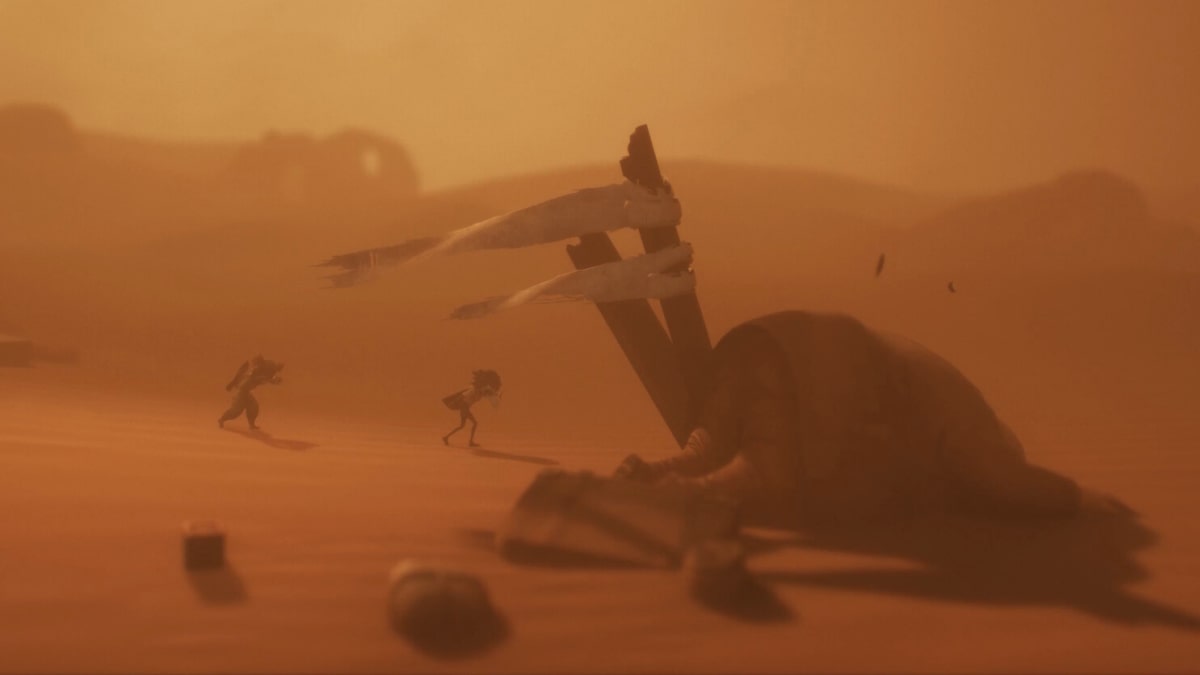You can trust VideoGamer. Our team of gaming experts spend hours testing and reviewing the latest games, to ensure you're reading the most comprehensive guide possible. Rest assured, all imagery and advice is unique and original. Check out how we test and review games here
Jurassic World Evolution 3 is Frontier’s most ambitious attempt yet to fuse creativity, chaos, and simulation. You build parks across a connected global campaign, manage ecosystems, and tame the impossible, keeping prehistoric creatures happy while profits climb. It’s bigger and more confident than Evolution 2, but also more demanding, which may be a turn-off for new players to the franchise.
This is a game about systems learning to coexist. Frontier has layered complexity over familiarity, giving the dinosaurs new intelligence and the parks new depth. It succeeds more often than not, even when the design still fences players into old frustrations.
Park management evolves
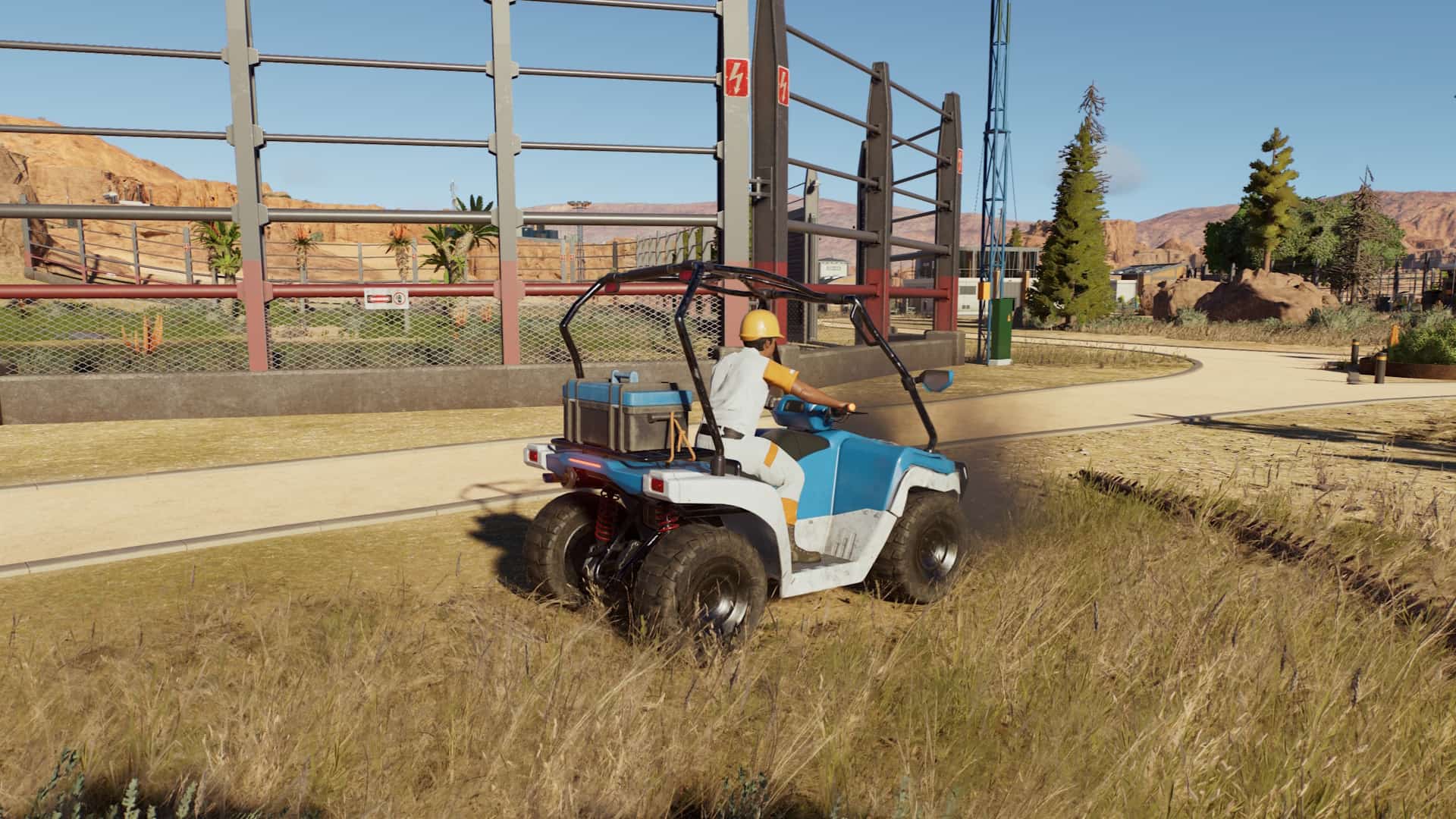
Jurassic World Evolution 3 gives you three ways to play. The Campaign introduces the story and core systems, Challenge mode drops you into trickier park scenarios, and Sandbox lets you build without limits. It’s a familiar structure, but Frontier uses it to create more rhythm and freedom than before.
The campaign is where the biggest improvements land. Instead of managing isolated parks, you now oversee a connected network of facilities that share research, resources, and reputation. Each location comes with its own terrain, weather, and regulations.
However, much to my enjoyment, it soon became clear that everything ties back into a broader, global story. It feels more like running a real organization than a series of small experiments.
This shift also gives the campaign better pacing. Early missions guide you through the basics, but once you’ve proven you can keep your dinosaurs alive and your guests safe, the game steps back. You’re free to shape your parks your way, setting priorities and finding a management style that fits. It’s a welcome change from the hand-holding in Evolution 2.
Frontier has also cleaned up many of the frustrations that used to slow the series down. Medical and maintenance teams can now automate routine work, so you’re not constantly chasing sick animals or broken fences.
Setting up tours and transit systems is smoother, and the menus feel less like an obstacle course. The interface still takes some getting used to, but the learning curve feels fairer, and the whole experience flows better.
Smarter dinosaurs and breeding breakthroughs
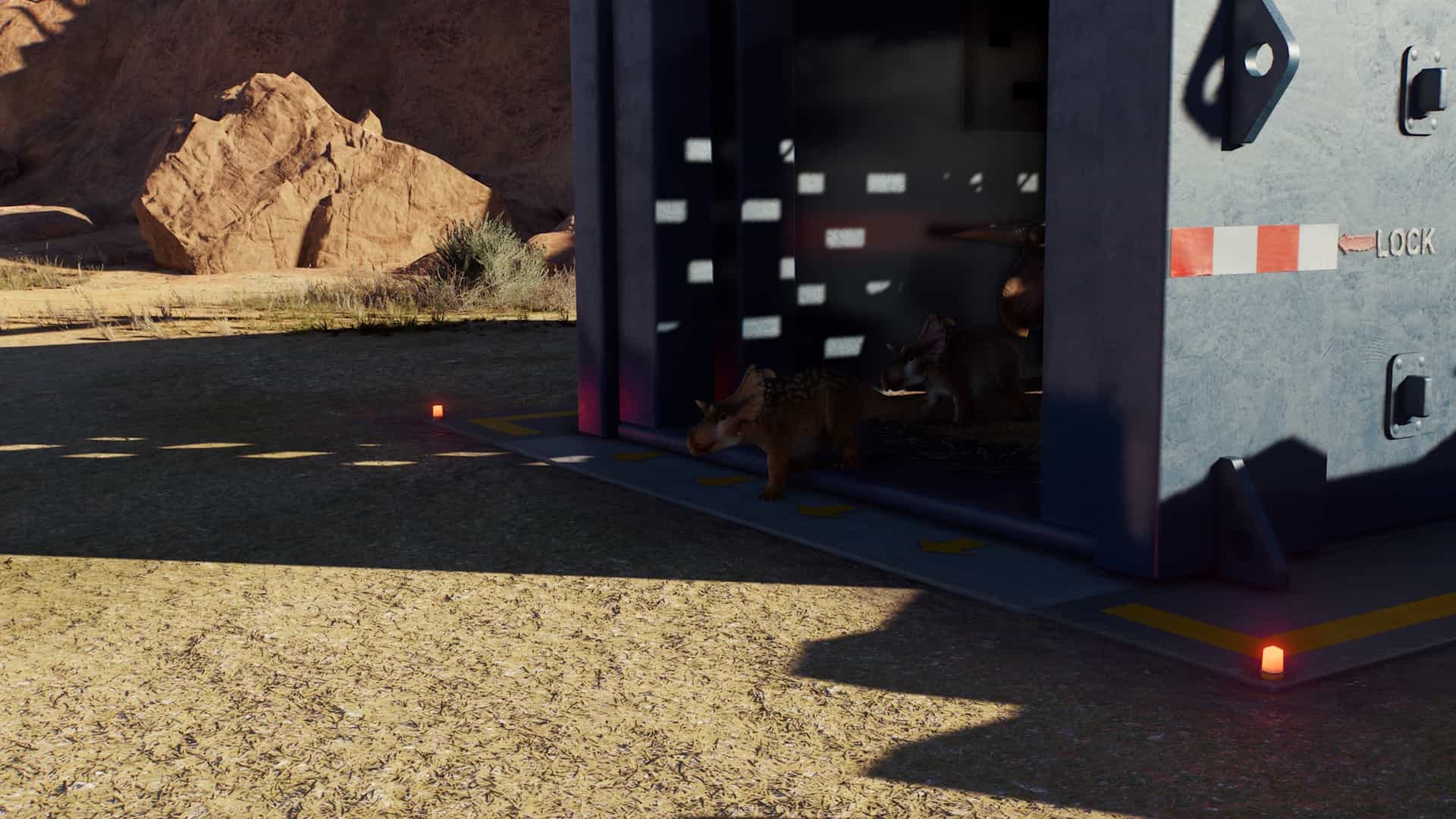
The dinosaurs in Jurassic World Evolution 3 finally feel like more than exhibits behind glass. Each species now behaves as part of a living ecosystem, forming family groups with males, females, and juveniles that interact in believable ways. Parents guard their nests. Young dinosaurs squabble over food. Herds migrate together when threatened. It all gives your parks a pulse that earlier games never quite achieved.
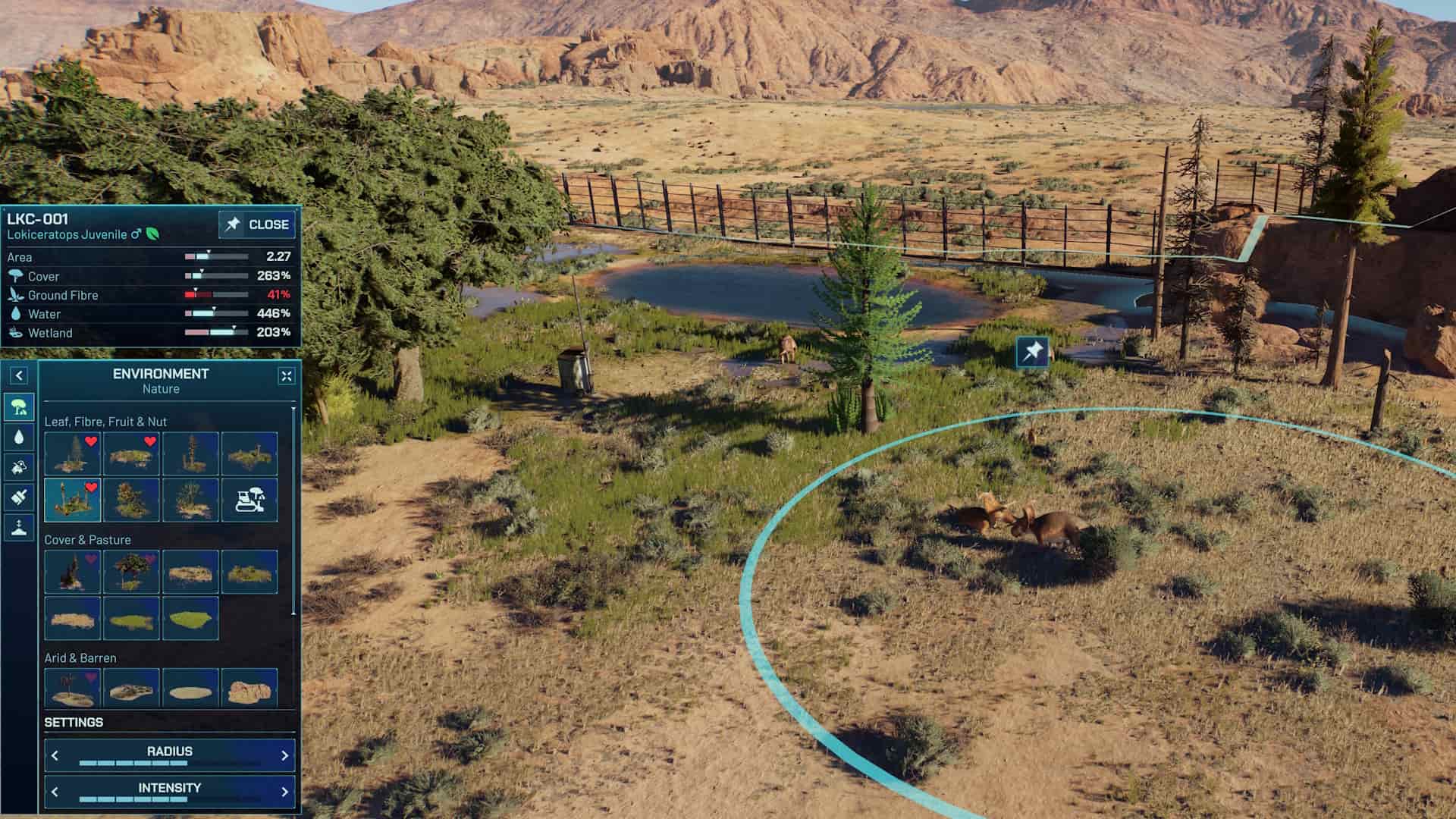
The new in-park breeding system transforms that realism into strategy. Once you’ve built suitable habitats, compatible pairs can reproduce naturally or through managed programs overseen by your scientists.
Watching new generations inherit traits and markings from their parents is unexpectedly compelling, and it adds long-term stakes to every enclosure. Juveniles demand extra care; different diets, terrain, and attention, which makes you rethink how each space functions as a habitat rather than a display.
This new layer of depth feels like the most organic step the series has taken. It’s not just about showing off bigger teeth or brighter scales; it’s about creating a self-sustaining world where every decision echoes through the food chain. It can be messy, overcrowded, and occasionally chaotic, which is something that players unfamiliar with the series might find difficult to navigate.
Creative control and hands-on park design
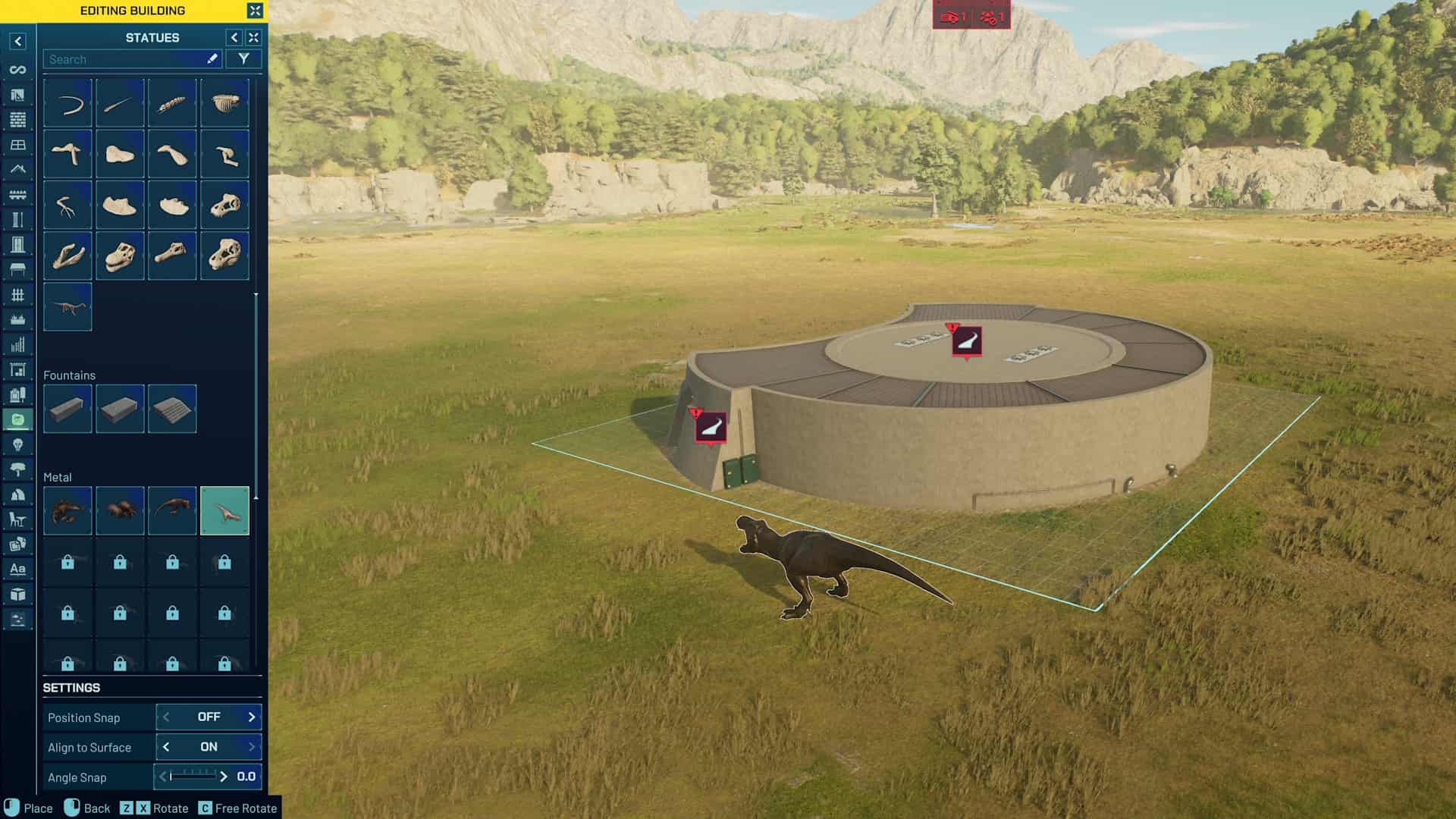
Frontier’s modular system is where Jurassic World Evolution 3 truly evolves. You no longer snap down prefab buildings and call it a day (although you can, if you want to). This time, you get to build it your way. Frontier’s new modular construction tools give you near-total freedom to shape every structure, from viewing platforms to guest hubs.
Each wall, path, and light can be adjusted and placed freely, allowing you to design parks that feel organic rather than manufactured. It’s slower work, but the payoff is clear from the first time a crowd gathers under infrastructure you’ve built yourself. If you’ve played Frontier’s Planet Zoo or Planet Coaster, the drawbacks and rewards of total control will feel all too familiar.
The same flexibility extends to the landscape. Terrain sculpting feels more natural, letting forests fade into wetlands or rivers wind through exhibits without the harsh edges of earlier games. You can even use the land as part of your containment strategy (finally!), carving cliffs or channels instead of relying only on fences.
Those improvements are backed by smart quality-of-life upgrades. Automated maintenance and medical care systems handle routine work, while setting up tours or transit routes is now smoother and more intuitive. Hot air balloon rides and Cretaceous Cruises make guest routes more dynamic, and underground hyperloops cut out old traffic headaches.
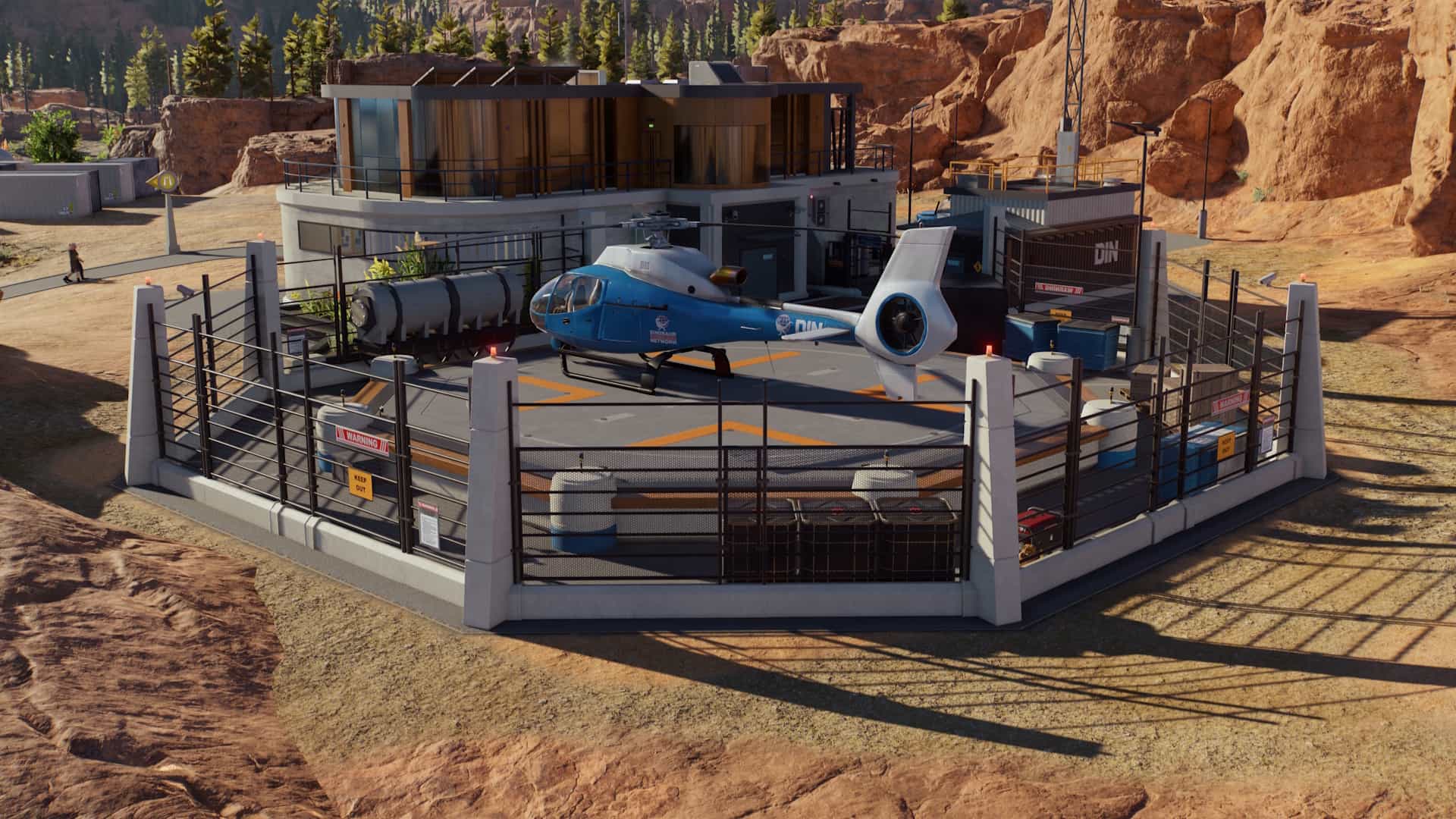
When disaster does strike (and it will), the option to step into the action by manually piloting a helicopter or driving a repair truck yourself keeps you connected to the world you’ve built. While I can definitely see the benefits here, I can’t deny how infuriating the controls were at first; sometimes the game feels like it’s holding your hand a little too much, and other times you’re fending for yourself without any real guidance when it’s needed the most.
The balance between high-level design and hands-on control, despite being frustrating in places, gives Jurassic World Evolution 3 its spark. The simulation trusts you to plan, automate, and delegate, but it never forgets that half the fun comes from getting your hands dirty when the storms hit.
Visitors, chaos, and balance
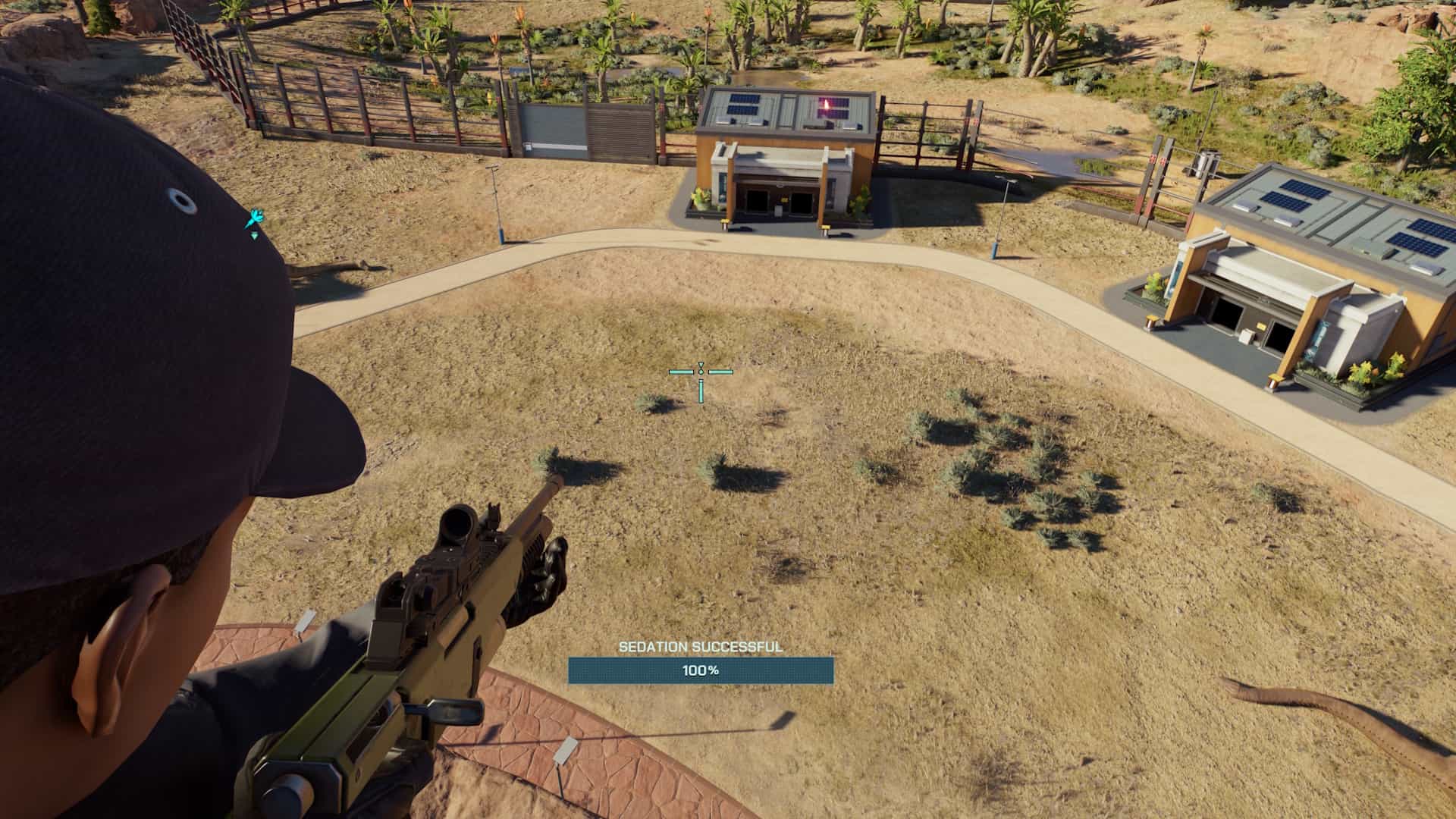
Running a dinosaur park is glamorous until it isn’t. Jurassic World Evolution 3 keeps you spinning plates from the start, keeping guests happy, dinosaurs healthy, and your finances in the black. It’s a constant tug-of-war between spectacle and survival; drop the ball in one area, and the rest collapses like dominoes.
Your dinosaurs drive everything. Each species has its own quirks, and if you ignore them, things fall apart fast. A healthy Tyrannosaurus rex keeps visitors lining up, but a stressed one will smash through a fence before you know it. Building new enclosures becomes less about efficiency and more about keeping both sides, the people and the predators, content.
The new faction system adds another layer to the balancing act. Conservation, Security, and Entertainment each want something different from you, and there’s rarely a way to please them all. The contracts they offer shape how your park grows, but their demands often clash, forcing you to pick your priorities. It adds welcome tension to the ensemble.
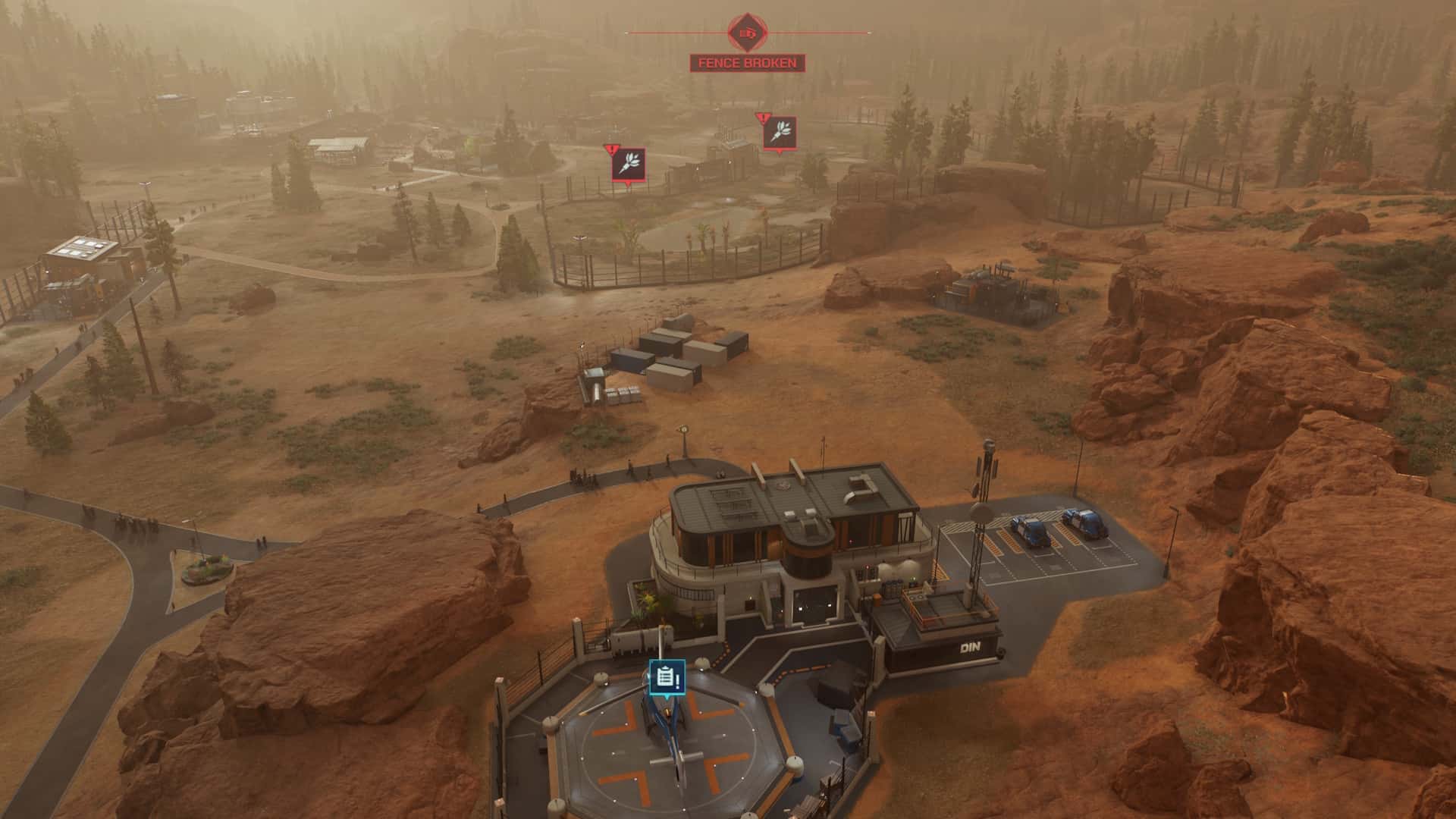
When things go wrong in Jurassic World Evolution 3, they go really wrong. Storms hit hard, fences fail, and chaos spreads fast. This is where the game’s player base is likely to be divided.
Although the AI has improved over the series, you simply can’t rely on it all the time. The most effective way to deal with a disaster is by taking control directly. For some, this is going to be a thrill, but for others, it’s a pain in the rear when 500 other things are happening at once.
There’s no doubt that the game feels more polished than other Evolution titles, but there are still rough edges. Staff occasionally get stuck, a few maps push the systems too far, and some bugs linger. But when the host of systems that comprise Jurassic World Evolution 3 line up (which is far more often than not), you’re treated to a compelling, deep, and expansive dinosaur theme park fantasy.


